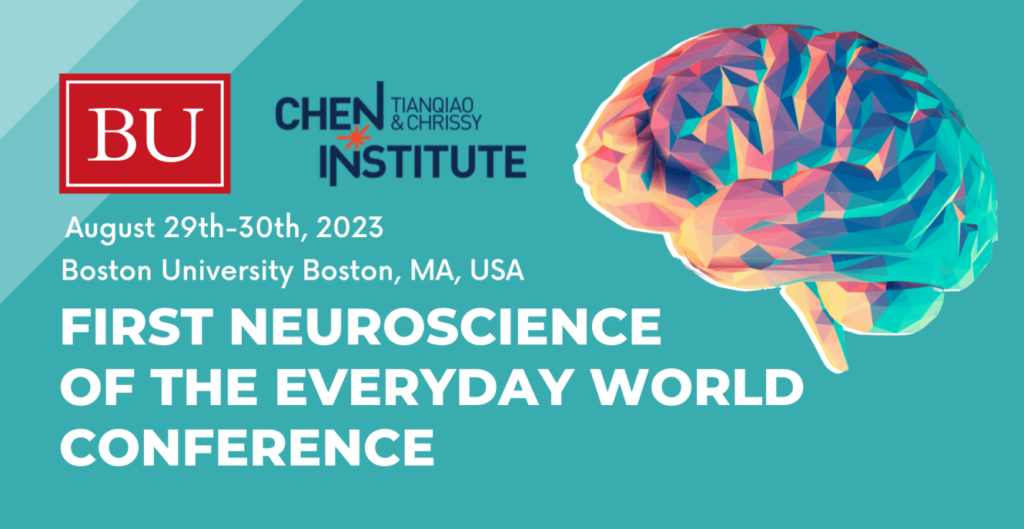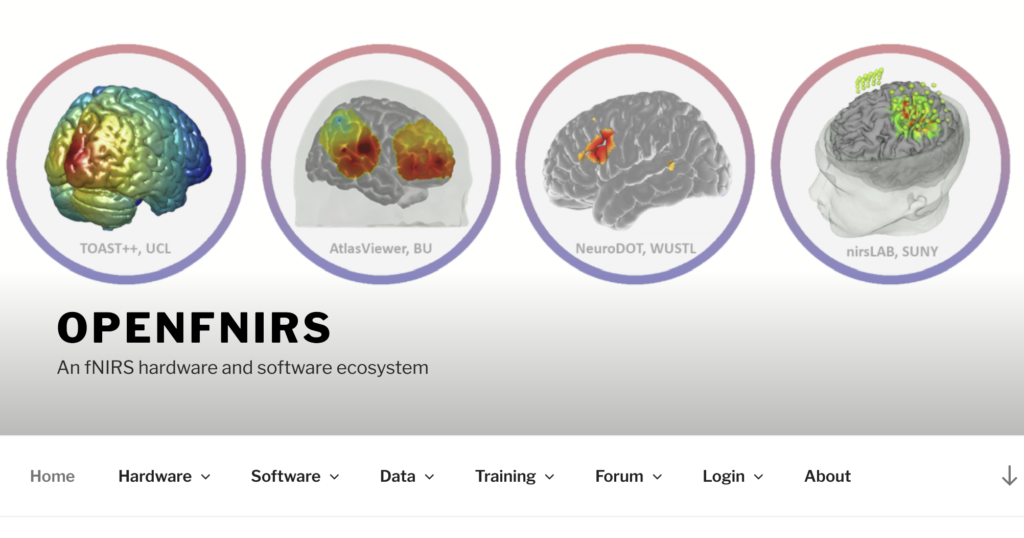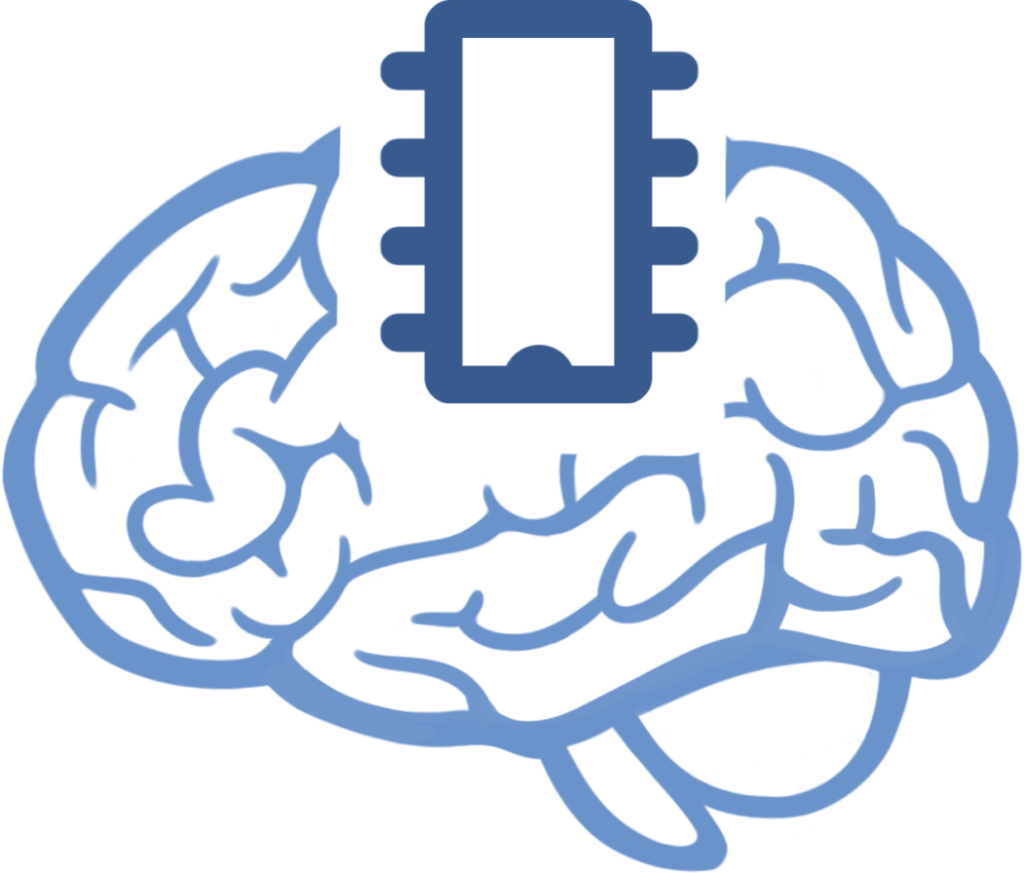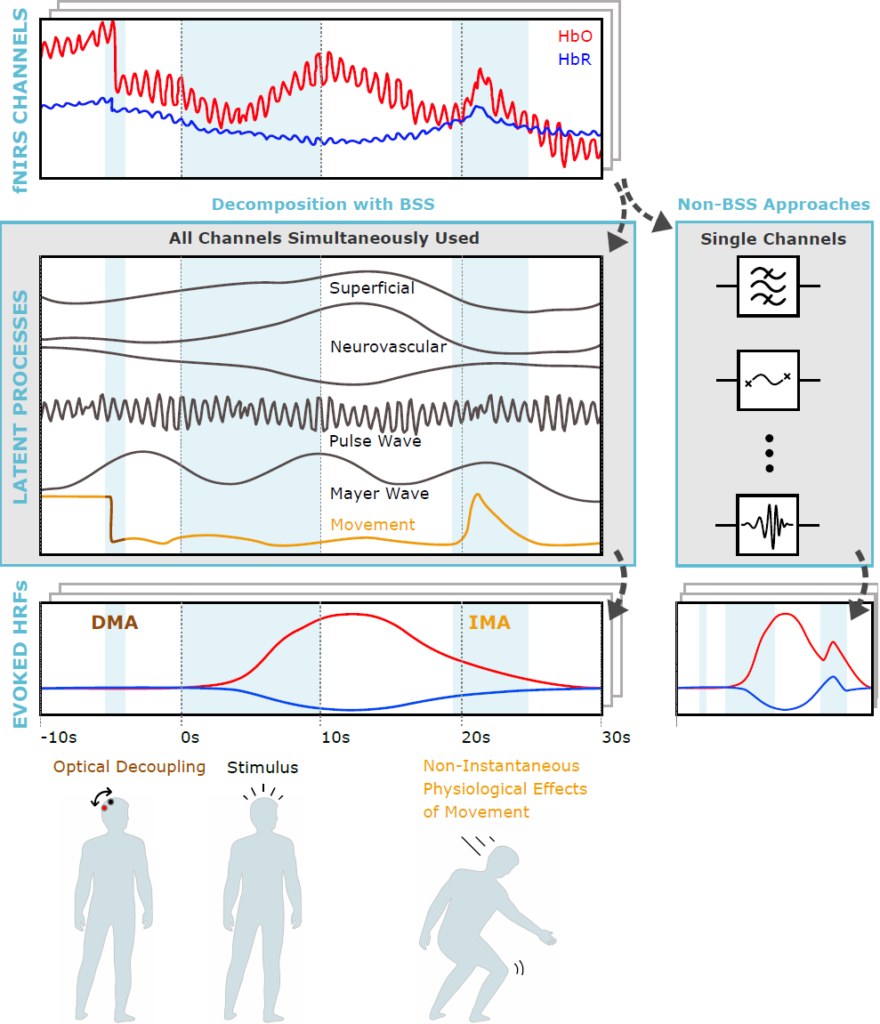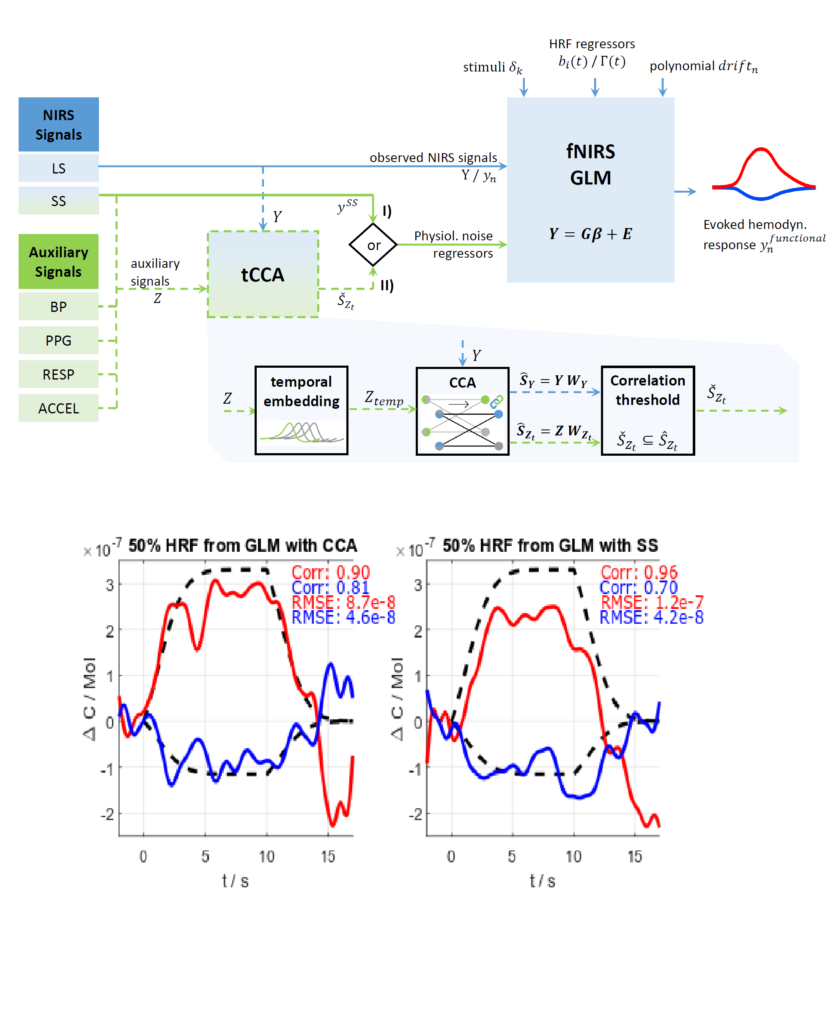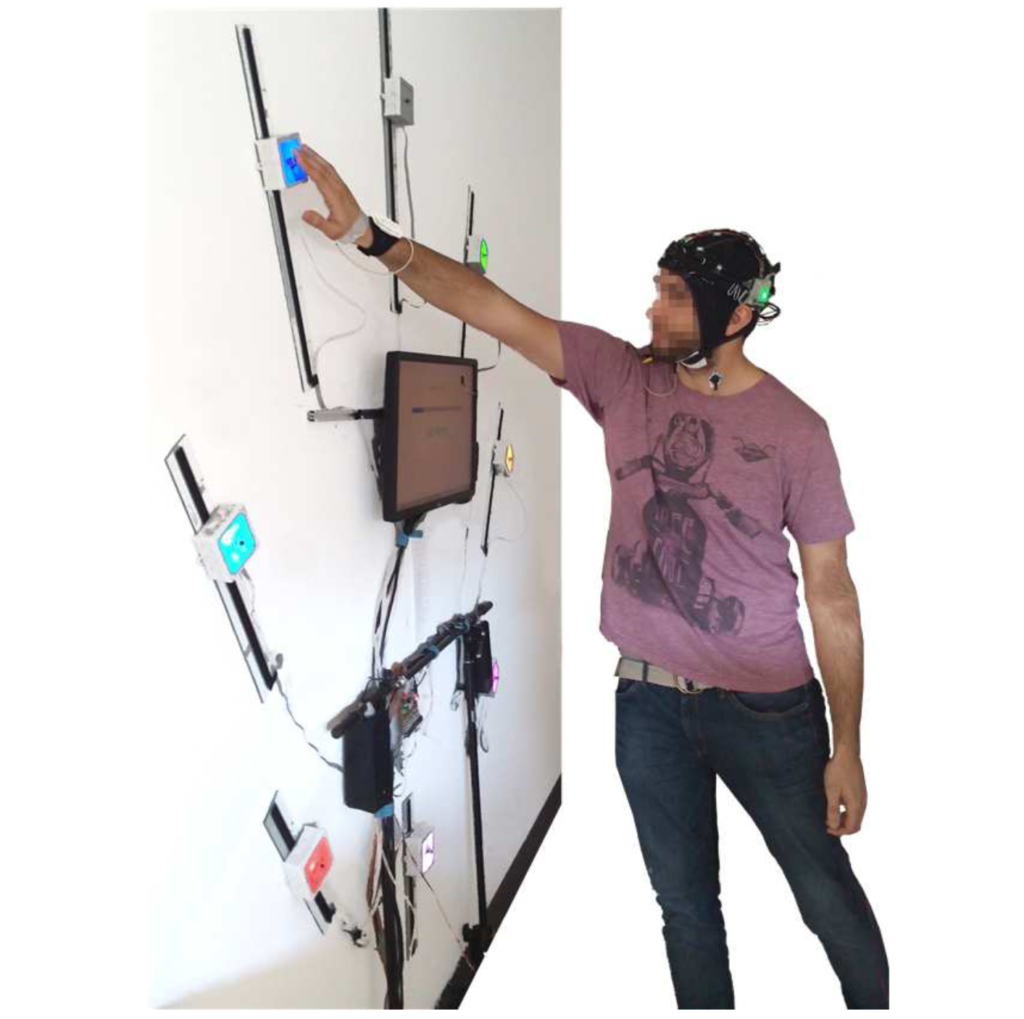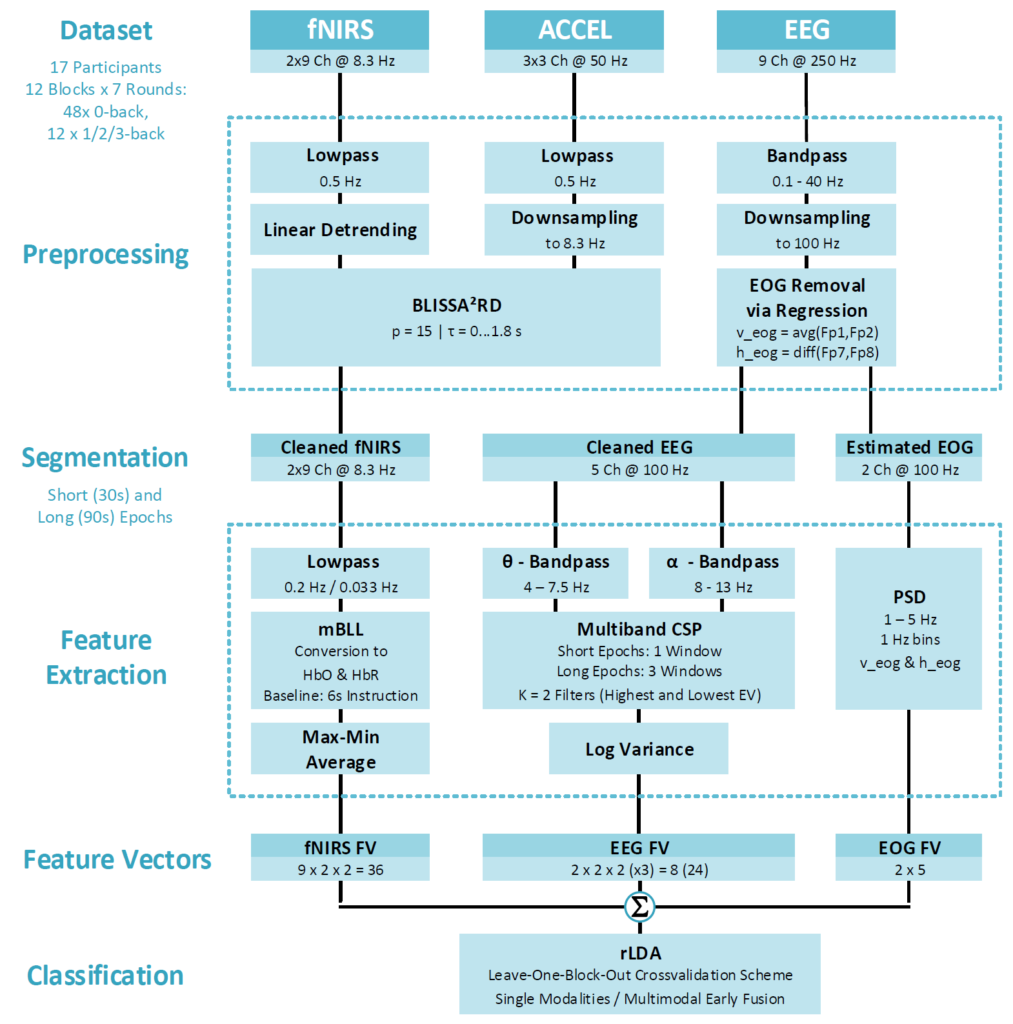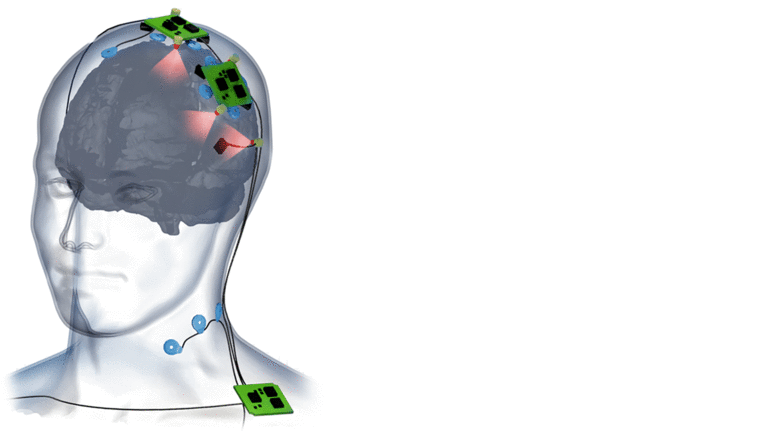Cedalion
Our python-based toolbox for advanced fNIRS/DOT signal analysis using machine learning and multimodal biosignals. Work in progress.
Click here to get to the project page.
The IBS Lab is on Github. You can find it here.
First Neuroscience in the Everyday World Conference – 29-30 Aug 2023, Boston
AvL is co-organizing the first NEW conference in Boston in 2023. To learn more, click on the banner below.
The OpenfNIRS Project
We are active maintainers of the OpenfNIRS project. OpenfNIRS is driven by the community to support the community in the use of fNIRS.
Its mission is to foster the development of an fNIRS ecosystem and to promote the open dissemination of fNIRS hardware and software, as well as provide access to resources, documentation and training opportunities for fNIRS users.
↓ Before the Start of the IBS Lab in Nov 2022 ↓
The below research topics, projects and collaborations predate the start of the IBS Lab at BIFOLD, TU Berlin. They are based on Alexander von Lühmann’s research and involvements with varying affiliations (TU Berlin, Boston University, Harvard Medical School), and are mirrored from www.avolu.net. R&D projects in industry are not included on this lab’s website.
2018-21+: Neuroimaging in the Everyday World (NEW)

Neuroimaging in the everyday world requires interdisciplinary innovation – from novel miniaturized multimodal hardware, to improved signal processing, denoising, and modelling, to automatic labeling and context generation. The NEW concept proposes to combine hybrid wearable high density EEG-fNIRS instrumentation with machine-learning based signal-denoising and stimulus detection and data segmentation using AI-based computer vision and eye tracking. This concept was developed together with David Boas and a consortium at the Neurophotonics Center in Boston. In many ways, it is a natural continuation of AvL’s dissertation work that you can find here. We first presented the concept in the following publication:
It resulted in a successful NIH U01 grant application in 2020 and is an active research project at BU ever since. You can find first published work coming out of this in the publications section.
Resources: - Talk and Technical Abstract at OSA Biophotonics 2020 - Concept in PhD Thesis at Berlin Institute of Technology (TUB) - M3BA concept in IEEE TBME 2016 publication - technology networks article 2020 on "merging with machines"
2018-20+: Improving decomposing, modeling and denoising of DOT/fNIRS signals using multimodal Machine Learning
functional Near Infrared Spectroscopy (fNIRS) signals contain a complicated mix of contributions from neurovascular coupling and various sources of systemic physiology. Slow vascular oscillations, respiration, but also effects from movement on blood pressure and perfusion can make it very challenging to robustly estimate brain signals from the raw fNIRS. In this work, we tackled this challenge in two ways: (1) By using unsupervised (blind source separation) machine learning methods, such as Principal Component Analysis (PCA), Independent Component Analysis (ICA) and temporally embedded Canonical Correlation Analysis (tCCA). (2) By combining best practice supervised approaches, such as the General Linear Model (GLM) with state of the art unsupervised machine learning and multimodal signals using tCCA.
Resources: - Neuroimage 2020 publication on the improvement of the performance of General Linear Model for fNIRS by using multimodal tCCA regressors - Neuroimage 2019 publication on fNIRS blind source separation using PCA, ICA and tCCA and multimodality - Signal processing chapter in PhD Thesis at Berlin Institute of Technology (TUB)
2014-20+: Machine Learning for single trial analysis of EEG and fNIRS brain signals and Brain Computer Interfaces | Multimodal Datasets
To analyze and classify brain and body signals, Machine Learning is a favored approach. Supervised methods use well-defined experimental data from datasets to learn statistical properties of the data that can then be used for inference and prediction on unseen, new, data. In the last decade, our work in this domain comprised the planning and execution of multimodal Electroencephalography (EEG) and functional Near Infrared Spectroscopy (fNIRS) studies, acquisition of datasets and development of offline and online pipelines for the classification and prediction of brain data using supervised linear models, such as regularized Linear Discriminant Analysis (rLDA) and Common Spatial Pattern (CSP) Analysis. The processing pipelines include the on-and offline implementation of preprocessing/filtering, segmentation, synchronization and feature extraction steps, as well as the classification and cross-validation itself.
Resources: - frontiers 2020 publication on the use of the GLM for fNIRS in machine learning and cross validation - classification of workload in freely moving operators in PhD Thesis at Berlin Institute of Technology (TU Berlin) - IEEE TNSRE 2016 publication of hybrid open access EEG-fNIRS dataset for BCI - Nature Scientific Data 2018 publication of hybrid open access EEG-fNIRS dataset for BCI - frontiers 2020 publication of multimodal fNIRS data and code and instructions how to add synthetic responses for validation of novel methods
2019-20: The openfNIRS / ninjaNIRS – next generation high performance open source fNIRS instrumentation
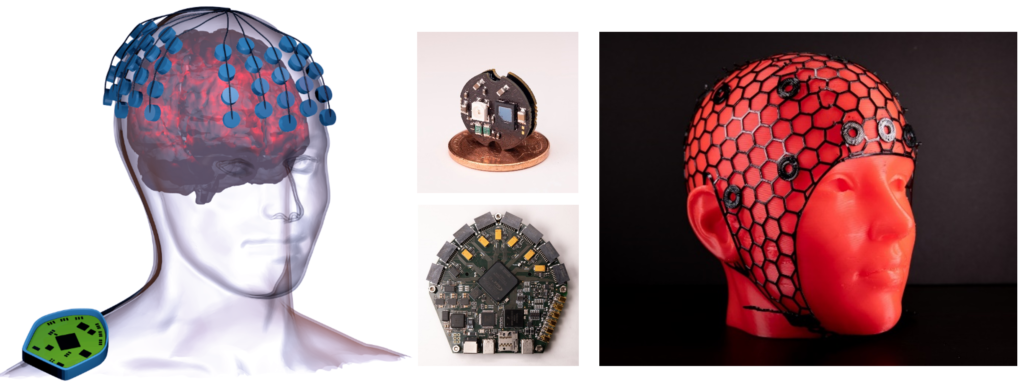
After the development of a first generation openNIRS project and the multimodal M3BA (see below), AvL joined David Boas group’s work on a next generation open source functional Near Infrared Spectroscopy system (the ninjaNIRS) at Boston University’s Neurophotonics Center and MGH, Harvard Medical School. The system’s main architect is Bernhard Zimmermann. The ninjaNIRS is a fully scalable fibreless wearable fNIRS system with digital front end optodes. AvL contributed electronics development of auxiliary hardware (optodes, wireless trigger functionality), future architecture and strategy development and grant writing (see the NEW project on the top of this page) and during that time lead the development of ninjaNIRS integration into a 3D printed fully customizable cap, the ninjaCap.
Resources: - openfNIRS project website - OSA Optics and the Brain 2019 publication on the ninjaNIRS by B. Zimmermann et al. - neuluce, a non-profit organization by David Boas
2015-19: M3BA – Wearable multimodal modular neuroimaging out of the lab
One of the heart pieces of AvL’s PhD work at TU Berlin: Concept, design, prototyping and validation of miniaturized wireless instrumentation for scalable and simultaneous acquisition of Electroencephalogram (EEG), functional Near-Infrared Spectroscopy (fNIRS), Accelerometer, and other biosignals. The miniaturization and customization provides the instrumentation infrastructure for neuroimaging, monitoring and BCI outside of the laboratory and in the real world. The M3BA is fully stand alone and can be integrated in any kind of head gear and has been used in multiple research collaborations across the world (including USA, Australia, South Korea, India, …) and is currently being adopted for use in medical applications.
Resources: - IEEE TBME 2016 main publication on the M3BA architecture and validation - IEEE EMBC 2017 publication on hybrid EEG-fNIRS hardware design in IEEE EMBC Proceedings - for several more related M3BA publications and media please see the PUBLICATIONS and TALKS+MEDIA page in the years 2016-2020.) - IEEE Featured Cover Article - SPIE article 2019 on "hardwiring the brain" - Patent (US/EU/CH/CA,...) - M3BAS in PhD Thesis at Berlin Institute of Technology (TUB)
2014-15: The OpenNIRS project – Wearable, modular, open source functional Near-Infrared Spectroscopy
AvL’s first larger successful open source project: Design, prototyping, validation and documentation of miniaturized stand-alone open Near Infra-Red Spectroscopy (NIRS) hardware. It is a result of a Master Thesis in Electrical Engineering at Karlsruhe Institute of Technology. While the designs are rather low-level, simple, and performance is mediocre, the OpenNIRS project provides the resources to facilitate your own customized design of low-cost NIRS-based neuroimaging instrumentation without having to start from scratch
Resources: - the openNIRS project website - frontiers 2015 publication of the openNIRS project - Master Thesis at Karlsruhe Institute of Technology (KIT) - openNIRS in PhD Thesis at Berlin Institute of Technology (TUB)


